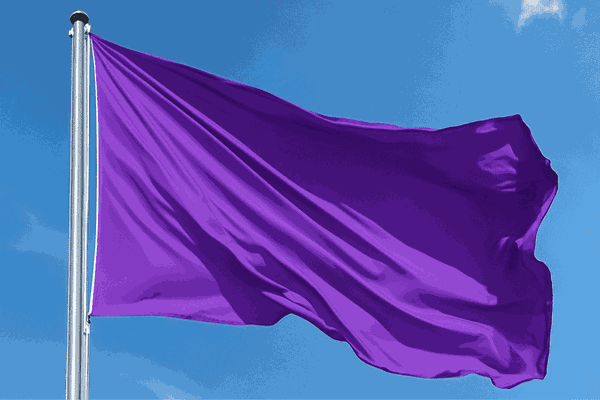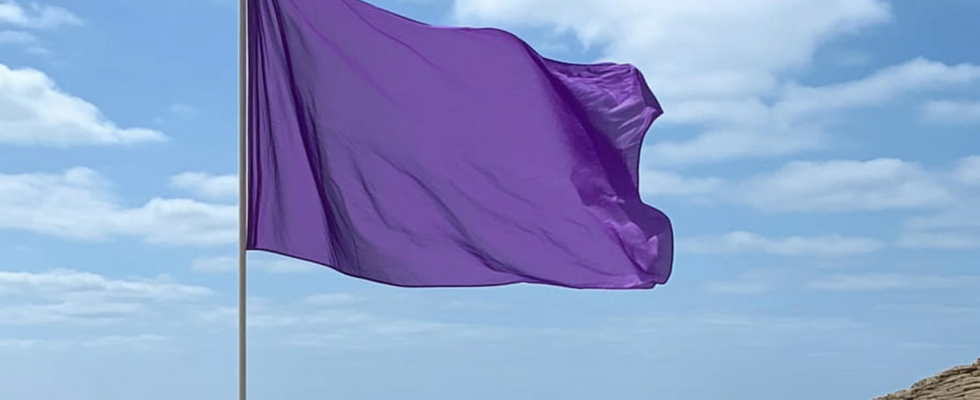In addition to the yellow and red flags, other banners may indicate dangerous or prohibited swimming at the beach.
Beaches are among the most popular places during the summer and until the end of the sunny days, but it is not always advisable to go for a dip in the sea or the ocean. To know if and when the waters are safe to swim in, it is best to take a look at the flags hoisted on the beach. These banners are often placed near the lifeguard station or at the entrance to the beach and inform holidaymakers and other beachgoers if there is any danger in taking a dip in the sea.
The colour code used to indicate the danger of swimming is well known: green if there is nothing to fear, yellow if swimming is dangerous but supervised by lifeguards, and finally red if it is forbidden to get into the water. The risks of swimming in the sea can be due to several factors, but it is often the sea currents that allow lifeguards to determine the colour of the flags. Those who are used to the Atlantic coast, which is prone to rip currents, know that it is difficult and dangerous to fight against the force of the currents. The state of the sea, but also the weather conditions and the presence or absence of lifeguards to monitor swimmers are all criteria used to choose which flag to hoist.

But sometimes other colours fly on beaches to limit or prohibit swimming. This is the case of the purple flag which is more rarely present on beaches. This banner indicates that the bathing water is too polluted or that a dangerous aquatic species is present. It is always accompanied by a yellow or red flag to specify the risk of splashing in the water.
When the purple flag is raised due to the presence of marine animals, it is most often jellyfish that are the cause. But when the problem comes from water quality, several sources of pollution can be responsible: hydrocarbons or even pathogens in large quantities such as the E. coli bacteria that can cause gastroenteritis or more seriously meningitis and septicemia.
The quality of bathing water is monitored by organisations such as the Regional Health Agencies or associations such as The beautiful beach which rates the quality of France’s beaches. Water quality monitoring is followed between June and September and assessed according to a European grid. The latest survey by the association La belle plage indicates that in France one beach in five is regularly polluted and therefore subject to the purple flag.
